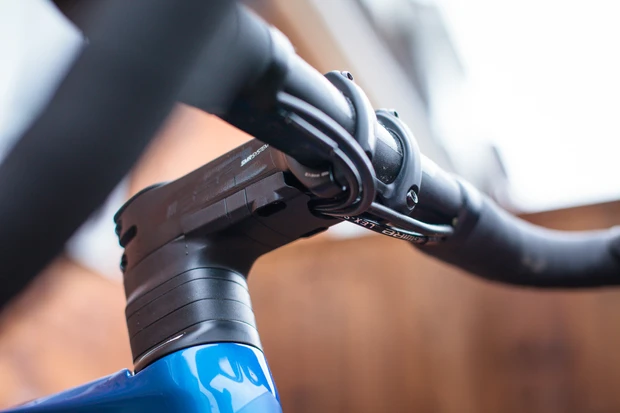The sting of integrated components and internal cable routing for riders.
- Lyndal Bailey

- Sep 5, 2023
- 2 min read
The cycling industry has seen remarkable technological advancements in recent years, with integrated components becoming a buzzword among manufacturers and enthusiasts alike. While these integrated components combined with sleekly routed cables promise improved performance and aesthetics, they come at a hidden cost – one that can leave unsuspecting riders frustrated and financially burdened by costing mechanics additional time and hassle.
Integrated components in the cycling world refer to parts like handlebars, stems, cables, and seatposts that are seamlessly integrated into the bike's frame, creating a sleek and aerodynamic appearance. The allure is undeniable; it makes bikes look futuristic and cutting-edge. However, as the saying goes, "all that glitters is not gold."
One of the most significant drawbacks of integrated components is the repair dilemma they pose. When something goes wrong with an integrated component, it's not as simple as swapping out a standard part. In many cases, it can requires specialized tools, knowledge, and, unfortunately, longer hours of labor. As a result, cyclists find themselves shelling out more money for repairs than they anticipated. Servicing parts like the headset or gear and brake cables also becomes substantially more complex because, in many cases, the whole front end usually needs to be disassembled just to service the headset bearings. What is disappointing is that this technology has trickled down to even the lowest specc'ed bike, with internally routed cables being the norm in most cases, this places a higher price point on maintaining a bike. In time passed, external cable routing was looked upon favourably for lower-end bikes, as it was for touring and commuting bikes, allowing for quick, easy repairs.
Cycling enthusiasts often invest significant amounts of money in their bikes, expecting a high level of performance and longevity. The integration of components often means that mechanics have to spend extra time and effort to diagnose, disassemble, and reassemble the intricate integrated components. Riders who were initially drawn to integrated components for their aesthetic appeal may find themselves questioning whether the sleek appearance is worth the additional time and money spent on repairs.
While integrated components aren't inherently bad, there's a growing call for transparency and choice in the cycling industry. Cyclists deserve to know the potential downsides and costs associated with these integrated designs before making a purchase as many are completely unaware. Moreover, having options for standard, non-integrated components can provide riders with flexibility in maintaining and personally repairing their bikes.
Ultimately, the cycling industry needs to consider a balance between innovation and practicality, ensuring that cyclists can enjoy the benefits of integrated components without being blindsided by the repair challenges and costs they bring. This in turn also brings power back to the riders allowing them a better opportunity to perform repairs and maintenance on their bikes.























Comments